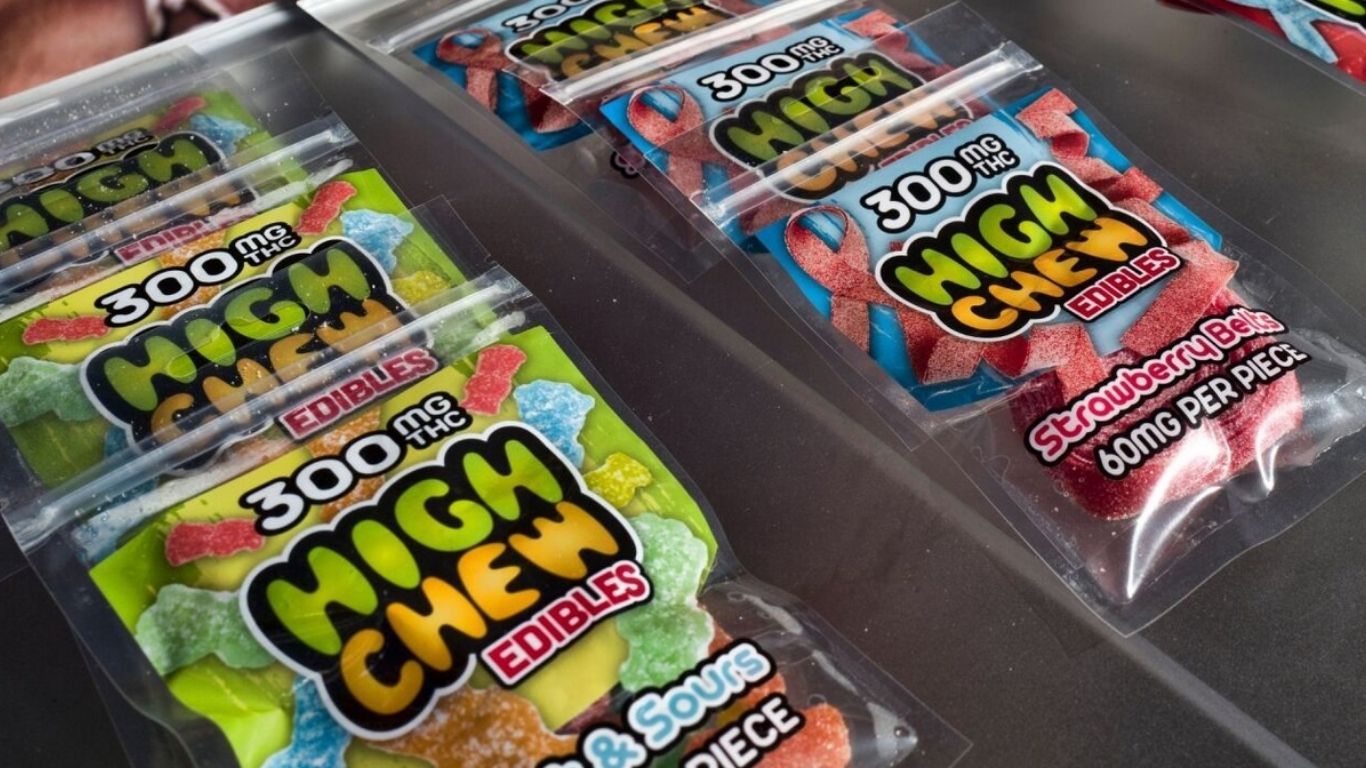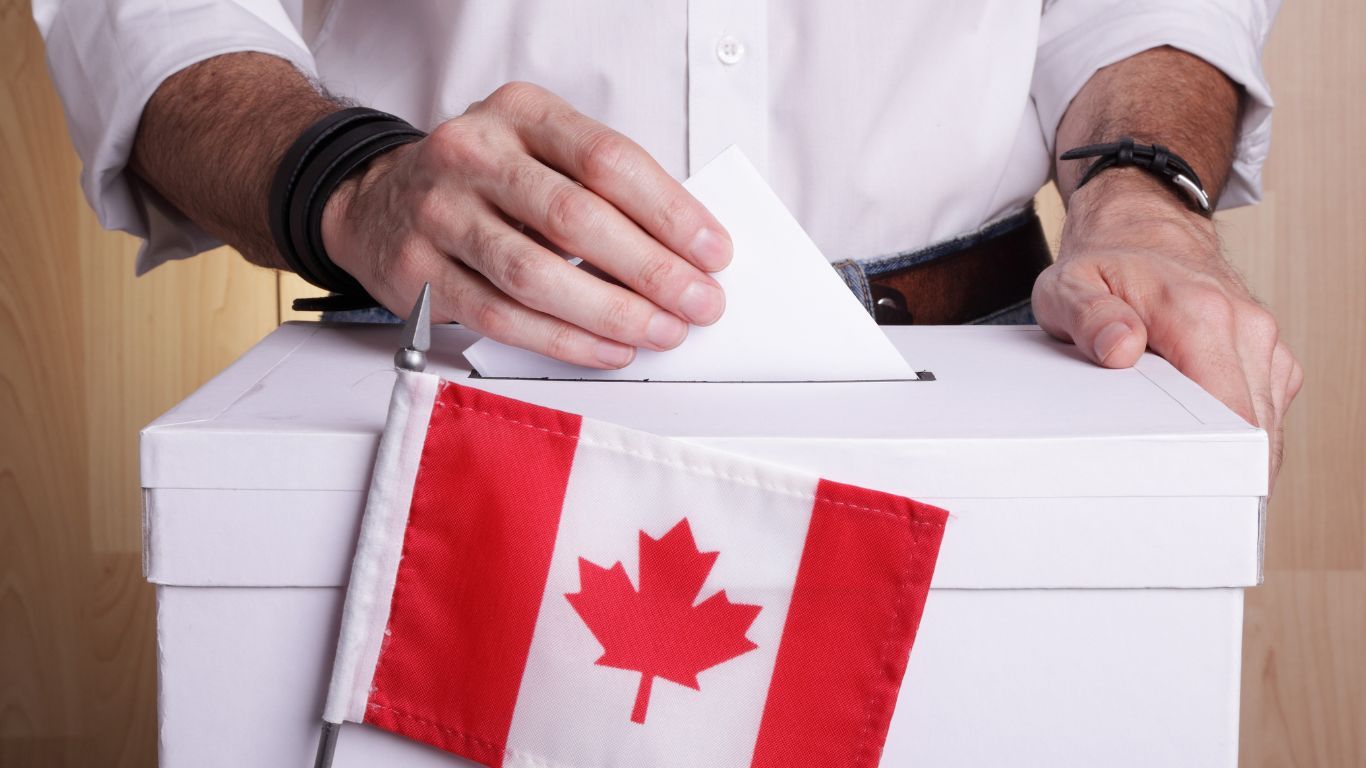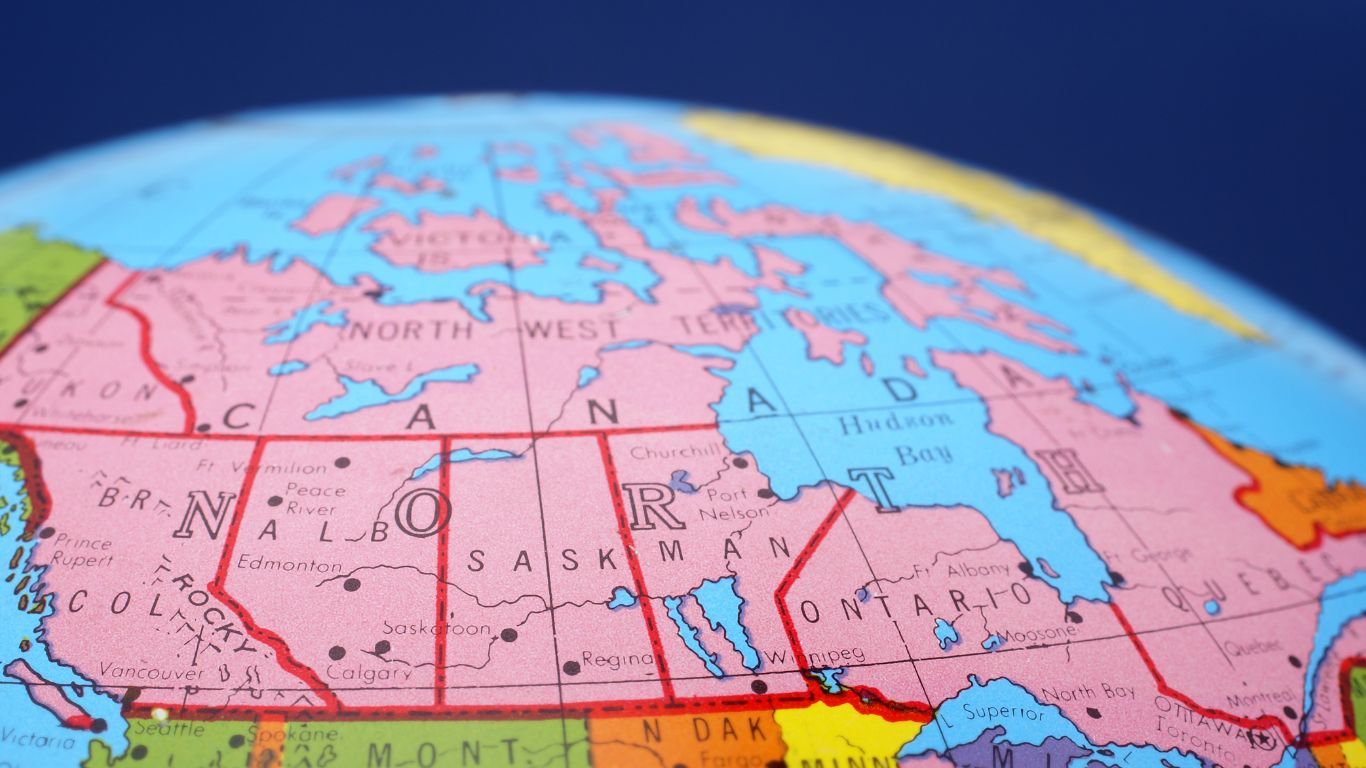
While the media continues to report on the hospitalization of young people in Canada due to ingesting cannabis edibles, a recent study shows that the source of these products is unclear and that many of these cases are due to products from the illicit, unregulated market.
The study looked at 160 cases since September 2018 of serious and life-threatening events associated with non-medical cannabis use in Canadian children and youth, as reported by the Canadian Paediatric Surveillance Program.
Of these 160 cases, almost two-thirds (63 percent or 101 out of 160) indicated ingestion of cannabis in edible form. Most of these cases (65 percent or 104 out of 160) did not know the source of the product, while another 20 percent reported sourcing from the illicit market. Fifteen percent said they involved products sourced from the legal market, including legal stores, licensed producers, or legal home-grown cannabis.
Adding to this is the potential that many parents may not want to disclose that the products accidentally ingested by children came from an illicit source, and some consumers are often not aware that the cannabis products they purchased from the illicit market are, in fact, illegal.
It is not uncommon to hear stories of consumers believing that the unregulated brick-and-mortar or online site where they purchase cannabis products was in fact legal, generally due to a misunderstanding around cannabis laws and jurisdictional authority in Canada. While federal and provincial regulations are clear that only cannabis produced by a federally-licensed producer is legal, misinformation about supposed “grey areas” in the law perpetuates this lack of clarity.
One recent example supporting this is a report out of Quebec, in which a local physician noted that several children had been hospitalized after eating cannabis products from the black market—products packaged to look like regular candy products and advertised as having, in some cases, hundreds of mg of THC.
“A child who takes a candy with 600mg of cannabis is taking a lethal dose,” warned paediatrician Claude Cyr in an interview with Radio-Canada Estrie [translated]. “In Quebec, we decided to limit the rate of THC. To the SQDC, that’s 10mg maximum per consumption of edibles.”
The 10mg THC limit on edibles is a federal limit. Furthermore, Quebec only carries a limited amount of edibles specifically geared not to appeal to young people, such as beef jerky and dehydrated vegetables, rather than traditional chocolates and candies.
Furthermore, while the media and some researchers try to argue that the increasing number of young people going to hospital because of cannabis edibles is due to legalization, they continue to ignore the sources of these products, as well as the growth of popular illicit edibles entering the market around the same time as edibles became legal. Illicit edibles are often packaged to mimic popular non-cannabis brands like Nerds, Oreos, Doritos, Skittles, and an array of other snack foods. These kinds of products are so common that in 2022, Mars Canada won a lawsuit against several illicit online cannabis retailers in Canada who had been selling products using logos and branding associated with Skittles. There are even examples of these products being sold to children in corner stores.
While edibles existed in the illicit market even before legalization, these copycat edibles only really began to proliferate in the Canadian market in 2019/2020, just as legal edibles were beginning to hit the market. For those researchers and writers observing this issue from afar—being unaware of these types of nuances—it could be easy to jump to conclusions and correlate the increase of cannabis-induced hospital visits by young people with the presence of these products in the legal market. But this clearly misses a significant part of the big picture.
In a previous opinion piece on this subject, I noted that while there have been media reports in the past few years of hospital visits due to young people consuming cannabis, none of these publicly available reports appear to be due to issues of legal cannabis edibles based on a scan of available news articles.
In December 2022, Health Canada released a warning regarding so-called “copycat edibles” that are increasingly being sold illegally across Canada and are often made to look like Skittles, Airheads, Jolly Ranchers, Nerds, and many other candies. Popular brands of chips like Doritos, Fritos, Cheetos, and Ruffles are equally common.
Such products are generally of much higher potency than legal edibles, which are limited to only 10mg THC per package and are not allowed to mimic known product packaging or to appeal to kids. They have also become much more common in the past few years, showing up in illicit online stores and sometimes sold in corner stores.
For example, in 2021, a three-year-old was taken to hospital in Ontario after consuming illegal edibles from a package listed as having 400mg of THC. York Regional Police in Ontario last year also seized illegal cannabis products from a Markham convenience store that was selling them to underage teens.
So while there may be legitimate examples of legal cannabis edibles leading to young people being admitted to hospital, the available evidence points to a much more nuanced picture—especially when it comes to unregulated products, often with very high amounts of THC, sold in packaging that can be easily confused with common candies and snacks.











